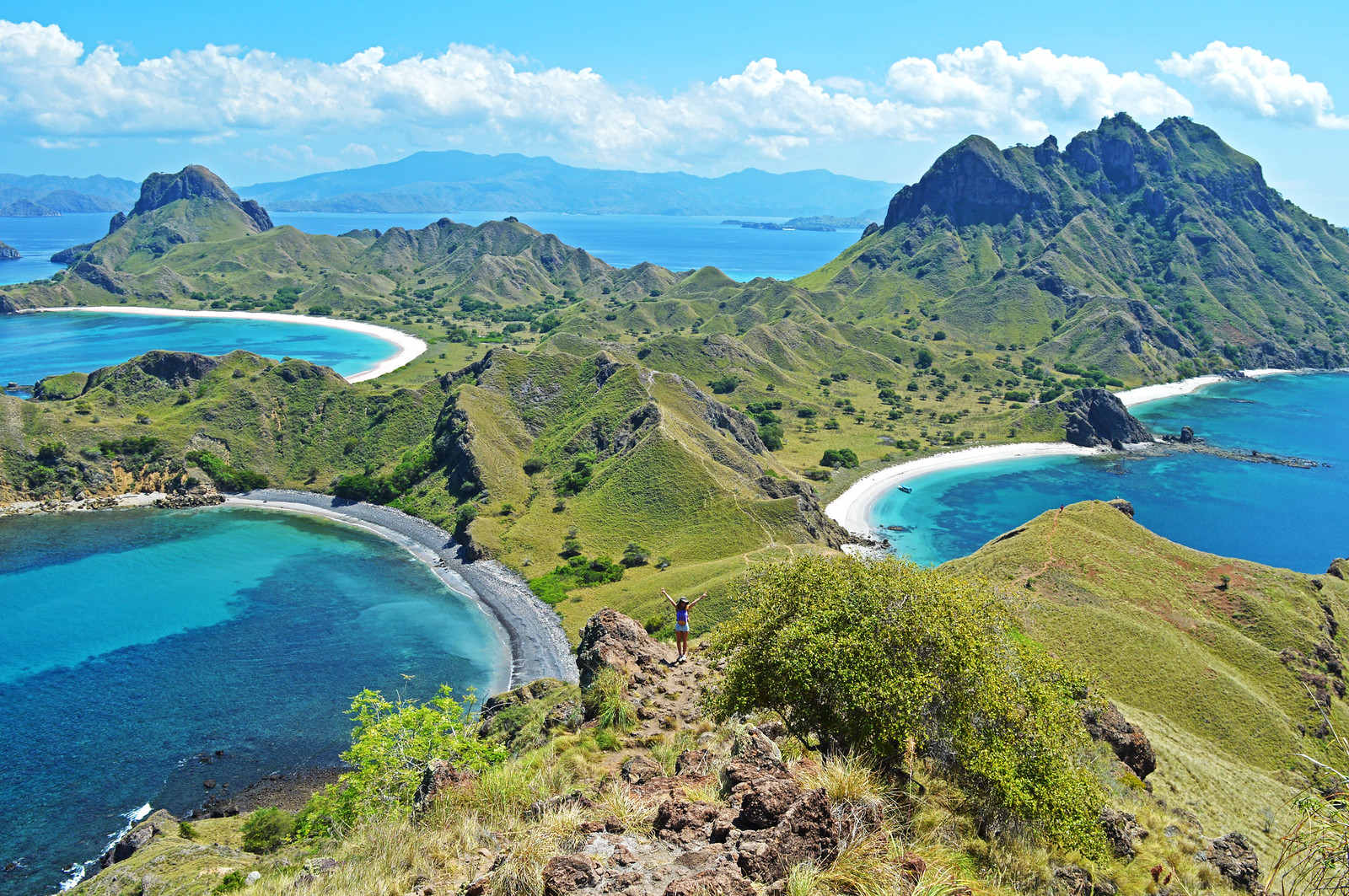Labuan Bajo, located in Manggarai Barat Regency, East Nusa Tenggara (NTT), has become a prime destination for travelers seeking an immersive experience in nature. Known for its stunning landscapes and rich biodiversity, the region is particularly famous for its Komodo dragons. However, the allure of Labuan Bajo extends beyond just the Komodo. The area offers unique ecotourism opportunities that blend adventure with conservation, making it an ideal destination for eco-conscious travelers.
The Ecotourism Concept in Labuan Bajo

Ecotourism in Labuan Bajo is not just about sightseeing; it’s a sustainable approach to travel that emphasizes environmental preservation and community involvement. One of the key spots for this kind of tourism is the Wae Wuul Nature Reserve, located in Macang Tanggar Village, Komodo District. Unlike the more well-known Komodo National Park, Wae Wuul offers a less crowded but equally captivating experience. Here, visitors can witness Komodo dragons in their natural habitat without the usual crowds, providing a more intimate and authentic encounter.
The concept of wildlife-based tourism in Wae Wuul is designed to minimize human impact on the environment. Visitors are encouraged to observe the dragons from a safe distance using photography techniques such as “camera hunting.” This method allows tourists to capture images of the animals without disturbing them, promoting a respectful interaction with wildlife.
Principles of Wildlife-Based Tourism

Several principles guide the implementation of wildlife-based tourism in Wae Wuul. These include:
- Community Coexistence: Local communities live alongside the Komodo dragons, ensuring that both humans and wildlife benefit from the ecosystem.
- Wildlife Well-being: The focus remains on maintaining the health and safety of the Komodo dragons and other local fauna.
- Economic Sustainability: Tourism activities are structured to provide economic benefits to the local population without compromising ecological integrity.
The Wae Wuul Nature Reserve spans 1,400 hectares and is situated in the southern part of Labuan Bajo. It takes approximately 20 minutes by road to reach from the town center. The reserve is home to around 59 Komodo dragons, including six individuals that were released from Taman Safari Indonesia on September 23rd. This initiative highlights the ongoing efforts to preserve and protect these majestic creatures.
In addition to observing Komodo dragons, the reserve offers breathtaking views of hills and the coastline, making it a perfect spot for nature lovers and photographers alike.
Ecotourism at Komodo National Park

Komodo National Park, which includes islands like Komodo, Rinca, and Padar, is another major ecotourism destination in the region. Established to protect the Komodo dragon and its habitat, the park serves as a model for sustainable tourism practices.
Key aspects of ecotourism in Komodo National Park include:
- Habitat Conservation: Strict measures are in place to prevent illegal hunting and human interference. Regular patrols ensure that the natural environment remains undisturbed.
- Infrastructure Development: Carefully maintained trails and informational signs help guide visitors while minimizing environmental impact.
- Local Empowerment: The local community plays a vital role in the park’s operations. Many residents work as tour guides, offering insights into the local culture and the importance of conservation.
Educational Initiatives for Tourists

Educating tourists is a crucial component of ecotourism in Komodo. Trained local guides provide essential information about the behavior of Komodo dragons and other wildlife, emphasizing the importance of responsible tourism. Visitors are taught to maintain a safe distance, avoid feeding the animals, and leave no trace behind.
These educational efforts not only enhance the visitor experience but also foster a deeper understanding of the delicate balance between tourism and conservation.
Activities in Komodo National Park
Tourists visiting Komodo National Park can engage in various activities, such as:
- Wildlife Observation: Guided tours allow visitors to see Komodo dragons and other native species in their natural habitat.
- Snorkeling and Diving: The clear waters surrounding the park offer excellent opportunities for underwater exploration, where divers can encounter vibrant coral reefs, sea turtles, and manta rays.
- Adrenaline-Pumping Trekking: Hiking to the peaks of islands like Padar and Komodo provides panoramic views of the surrounding landscape, making it a thrilling adventure for nature enthusiasts.
Conclusion
Labuan Bajo and Komodo National Park represent a harmonious blend of adventure, education, and conservation. By choosing ecotourism, travelers contribute to the protection of these unique ecosystems while enjoying unforgettable experiences. Whether it’s witnessing a Komodo dragon in the wild or exploring the pristine beaches of the region, every visit supports the ongoing efforts to preserve these natural treasures for future generations.






